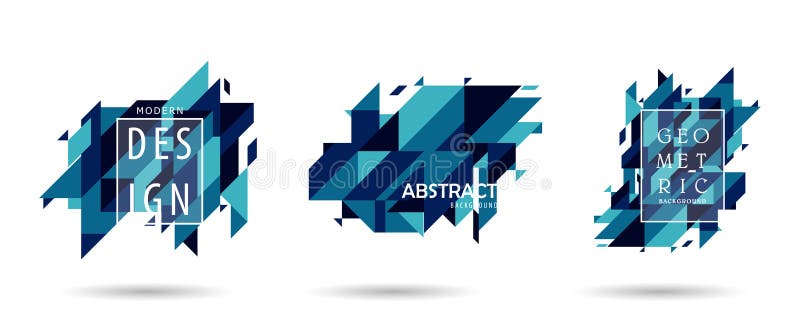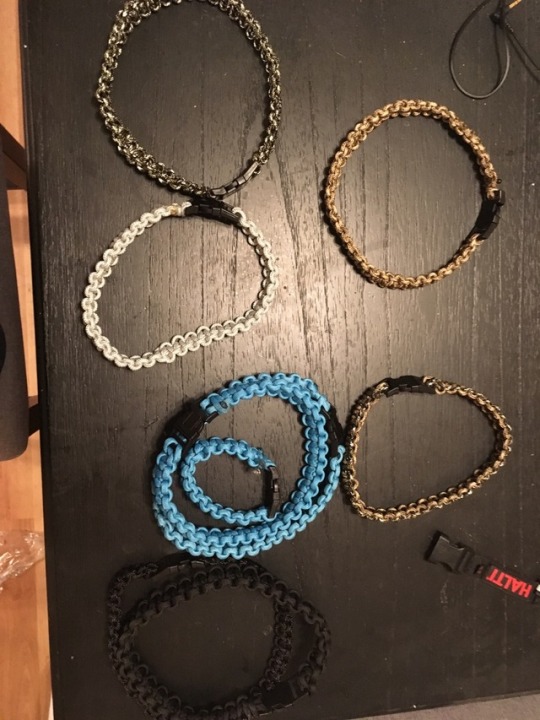
A number is constructible if and only if it can be written using the four basic arithmetic operations and the extraction of square roots but of no higher-order roots. In terms of algebra, a length is constructible if and only if it represents a constructible number, and an angle is constructible if and only if its cosine is a constructible number. Many of these problems are easily solvable provided that other geometric transformations are allowed for example, neusis construction can be used to solve the former two problems. Some of the most famous straightedge-and-compass problems were proved impossible by Pierre Wantzel in 1837 using field theory, namely trisecting an arbitrary angle and doubling the volume of a cube (see § impossible constructions). Gauss showed that some polygons are constructible but that most are not. The ancient Greeks developed many constructions, but in some cases were unable to do so. It turns out to be the case that every point constructible using straightedge and compass may also be constructed using compass alone, or by straightedge alone if given a single circle and its center.Īncient Greek mathematicians first conceived straightedge-and-compass constructions, and a number of ancient problems in plane geometry impose this restriction. Note however that whilst a non-collapsing compass held against a straightedge might seem to be equivalent to marking it, the neusis construction is still impermissible and this is what unmarked really means: see Markable rulers below.) More formally, the only permissible constructions are those granted by the first three postulates of Euclid's Elements. (This is an unimportant restriction since, using a multi-step procedure, a distance can be transferred even with a collapsing compass see compass equivalence theorem. The compass is assumed to have no maximum or minimum radius, and is assumed to "collapse" when lifted from the page, so may not be directly used to transfer distances. The idealized ruler, known as a straightedge, is assumed to be infinite in length, have only one edge, and no markings on it.

So that's the essence of duplicating congruent line segments.In geometry, straightedge-and-compass construction – also known as ruler-and-compass construction, Euclidean construction, or classical construction – is the construction of lengths, angles, and other geometric figures using only an idealized ruler and a pair of compasses. So basically by keeping this rigid we measured ab and we just duplicated it down on the bottom and you can label this point d. So then you're going to take without changing your compass the sharp end on the point c and you're going to create that same mark.

Now on your quiz do not erase that mark, that's what your teacher is going to look for to make sure you're doing it correctly. And the way that you verify that, is by making a little mark on the end of your line segment. And then you're going to stretch your compass until it measures exactly the distance of your line segment. So you're going to take your sharp end of your compass or the rubber end for me and you're going to put it on the end point a. And when you duplicate a line segment all you're really doing is measuring it with your compass. So here we have a ray, I'm going to name my end point c since I already have a and b. If I looked at this line segment ab and I wanted to congruent line segment the first step is I take my straight edge and I'm going to draw a ray on to which I can construct my new line segment.
#Triple line geometry how to#
The first thing we're going to talk about is how to duplicate a line segment. Now mine it does have markings so I guess we'd call a ruler but in tradition Greek construction we won't be able to have any markings on here. And the second piece is a straight edge, again the straight edge means that you have no markings on your straight edge.

But it basically accomplishes the same thing, I can control the radius just by shifting the marker part. The first is a compass and I know what you're probably thinking at home that does not look anything like my compass Mr. The rules of construction say, you can only have two tools at your disposal.


 0 kommentar(er)
0 kommentar(er)
